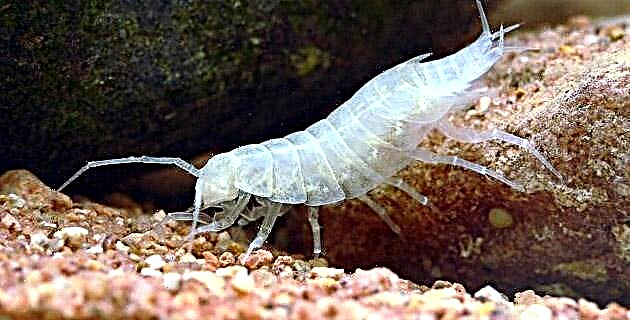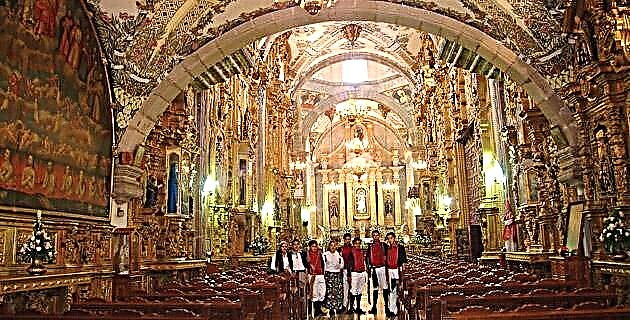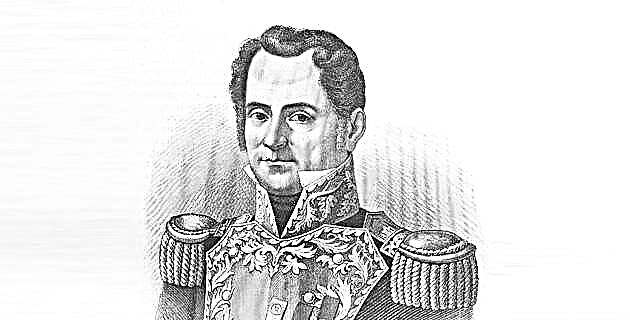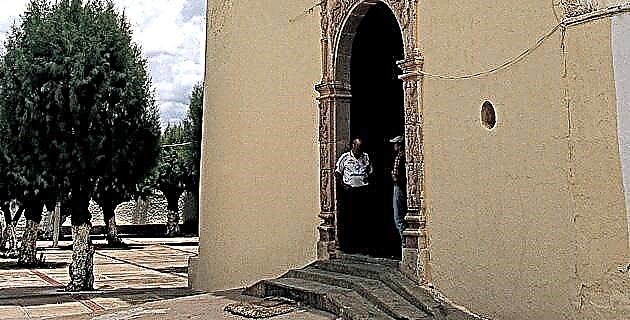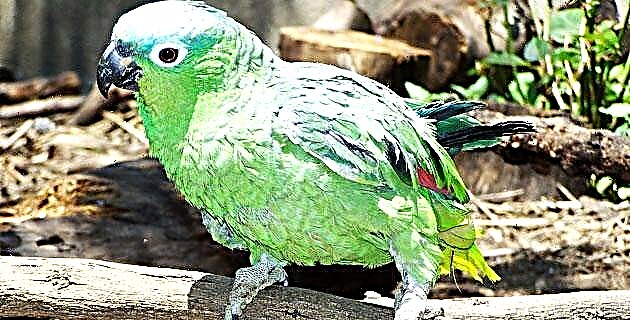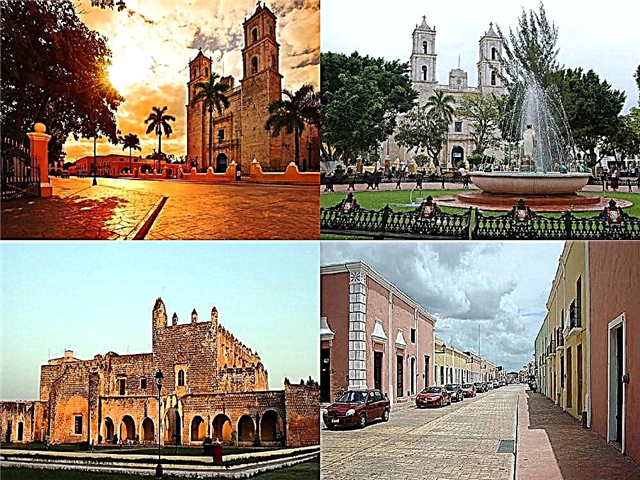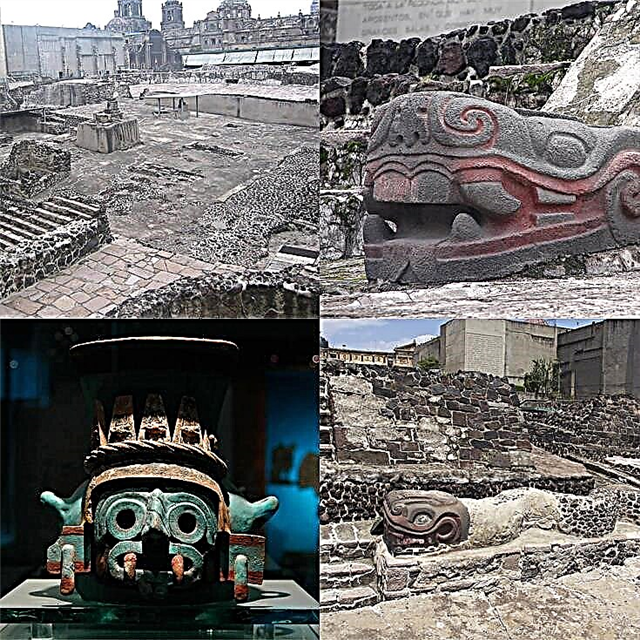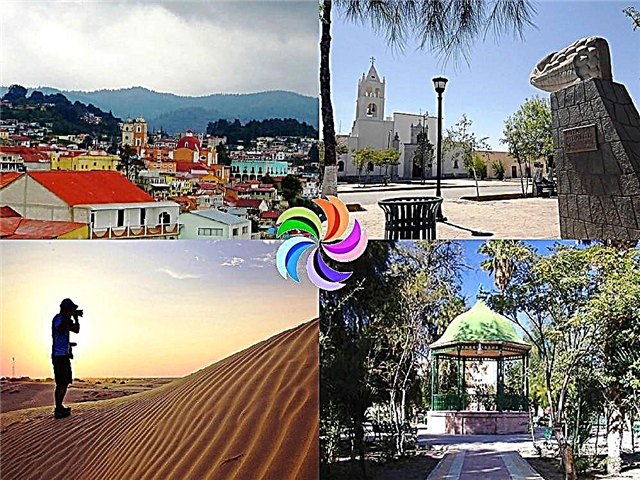This little Magic Town de Coahuila is an important part of Mexican history. With a calm air, it has flashes of colonial culture and charming places that invite you to know it; We will help you to achieve it with this Complete Guide.
1. Where is the town located and how can I get there?
Viesca is located in the south of the state of Coahuila de Zaragoza, specifically within the Lagunera region. It is located 70 km from Torreón and from there it is very easy to get to from cities such as Monterrey, Chihuahua and Durango. Torreón has an international airport, so you also have the option by air. Once in Torreón, you take Federal Highway 40 and in less than an hour you will already be seeing this beautiful Mexican town.
2. What is the history of Viesca?
The town was named in honor of José de Viesca y Montes, first Governor of Coahuila and Texas. In pre-Hispanic times, the territory was populated by Tlaxcala Indians, who fought and bravely resisted the colonizers in the 1730s. Viesca has a space in Mexican history for having hosted several historical figures. The priest Miguel Hidalgo was held captive in the town in 1811 and Benito Juárez used the territory as a refuge in his flight from the conservatives in 1864. Viesca was finally declared a Magical Town in 2012.
3. How is the climate of the town?
Viesca's climate is characteristic of the Coahuila desert areas located more than 1,000 meters above sea level and with almost no rain. The average annual temperature is around 21 ° C, rising to 26 or 27 ° C in the summer months and dropping to 14 or 15 ° C in winter. Rainfall in Viesca is barely 200 mm per year, one of the lowest in all of Mexico, and the predominant vegetation is desert scrub. So for this vacation we can venture to tell you to leave the umbrella at home.
4. What are the main attractions of Viesca?
Viesca is a jewel that the passage of time seems to preserve. Starting from its center, you can walk through the Plaza de Armas, take a look at its emblematic Bicentennial Clock, admire the Temple of Santiago Apóstol and visit the General Jesús González Herrera Municipal Museum. Another interesting place in Viesca is the Ex Hacienda and Capilla de Santa Ana de los Hornos, which date from colonial times. On the outskirts of town, you will find natural beauties in the Juan Guerra Park and in the most famous and important place of entertainment in the town, the Bilbao Dunes. Let's start the tour!
5. What can I find in the Plaza de Armas?
Located in the heart of Viesca, it is dominated by the so-called Bicentennial Clock, a commemorative emblem of the 200 years of Mexican independence. The square has walkways to stroll through its extensive landscaped and wooded areas, which lead to the beautiful kiosk located in the center, the place where most of the town's civic events are generally held.
6. What can I see in the General Jesús González Herrera Municipal Museum?
General González Herrera was the man who protected Benito Juárez when he fled from the conservatives and took refuge in Viesca. The sample contains ancient pieces, such as coins and weapons, archaeological objects and other testimonies. In the museum you can also see a copy of the founding act of Viesca, from 1731, and a map from the end of the 18th century. Entrance to the museum is free, so there is no excuse for you to miss learning about the history of the town.
7. What is the Temple of Santiago Apóstol like?
It is the most impressive building in Viesca and is located next to the Plaza de Armas. The church was built in the 17th century and has a neoclassical style typical of the time. The enclosure houses the Museum of Sacred Art, where you can appreciate a collection of oil paintings of virgins and saints, as well as ancient sculptures. The temple is a meeting point for the Viesquenses, where every July 25 they celebrate the festivities in honor of the Galilean who evangelized Spain and is the patron of that country and Viesca.
8. What is the former Hacienda and Chapel of Santa Ana de los Hornos like?
Work of the Jesuits in 1749, the small temple was built to venerate the mother of the Virgin Mary. With the expulsion of the Jesuits in 1767, the property became the property of Leonardo Zuloaga, who made it the first hacienda in the Lagunera region. On the farm, the Zuloaga family built a factory where steam locomotives and tram cars were built. In 1867, the Zuloagas were stripped of their property by the Republican government, for having been supporters of the Second Mexican Empire headed by Maximiliano de Habsburgo. Today you can see the ruins of the hacienda and the chapel of Santa Ana.
9. What is interesting about Parque Juan Guerra?
Juan Guerra Park is a beautiful outdoor space located on the outskirts of Viesca. Perfect for spending the day with the family, it has tables, benches and grills for the enjoyment of visitors, as well as an open-air theater with capacity for 300 people. In this park is the Juan Guerra spring, a vital source of water that allowed founding the original settlement of the Pueblo Mágico.
10. What is the attraction of the Bilbao Dunes?
This wonder of nature is the main tourist attraction in the area. Environmental conditions have allowed the formation of elevations of fine sand across 17 hectares in the area. The dunes are ideal for traveling in motor vehicles with two, three and four wheels, as well as being the delight of the youngest for the possibility of running and jumping down the small slopes in total safety. Biodiversity watchers may be lucky enough to spot one of the desert's main inhabitants, the colorful iguana. Uma Exsul, a strange brightly colored animal.
11. What is the gastronomy of Viesca like?
The gastronomic secrets of Viesca are jealously guarded by its inhabitants over the generations. Its traditional burnt dulce de leche and products made from dates are a trademark of the town and are difficult to imitate in another region. You can also enjoy the delicious sweet rolls called "mamones". Viesca is not pure sweet; As savory dishes you can delight yourself with a kid al pastor and with the traditional baked gorditas. All the food at Viesca is delicious and you may return from this vacation with a few extra pounds.
12. What kind of crafts are developed in the town?
Viesquenses artisans are specialists in the elaboration of embroidery and hand weaving, being professionals in the use of the traditional loom and the unraveling technique. They also make costume jewelery with the seed of the date and some lamps made of the mineral onyx, well known throughout the country. At the Casa de la Cultura you can see and buy all kinds of Viesca crafts so that you can take home a souvenir.
13. Best hotels and restaurants?
Among the options for lodging in Viesca are, Hostal Los Arcos de Viesca, which has 11 rooms and has a family atmosphere; You can also stay at the Hostal La Noria de Viesca, an old 19th century house recently remodeled. Among the culinary options are the Paty Restaurant, with a traditional and exquisite Mexican food, and the La Pasadita Restaurant, where you can order take away food and consume it in the comfort of the hotel.
14. When are the main parties in Viesca?
If you are a party person, we recommend you go to Viesca during the second half of July. From July 23 to 25 the feast of the City Foundation is celebrated and the same July 25 is the day of the patron saint of the town, Santiago Apóstol. On the Saturday before July 25, it is already a tradition to celebrate Absentee Day, a festival that takes place in Juan Guerra Park and in which the emotional reunion of Viesquenses who reside outside their homeland takes place, who return to Viesca to visit family members and honor the dead. Another picturesque event of the patron saint festivities is the Danza de los Caballitos.
We hope that this Complete Guide will be of great use to you and we encourage you to tell us about your experience of this small but beautiful Magic Town.

